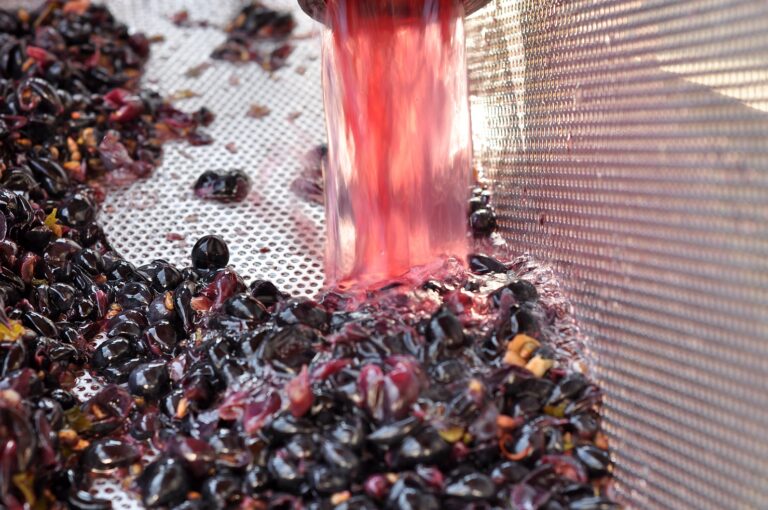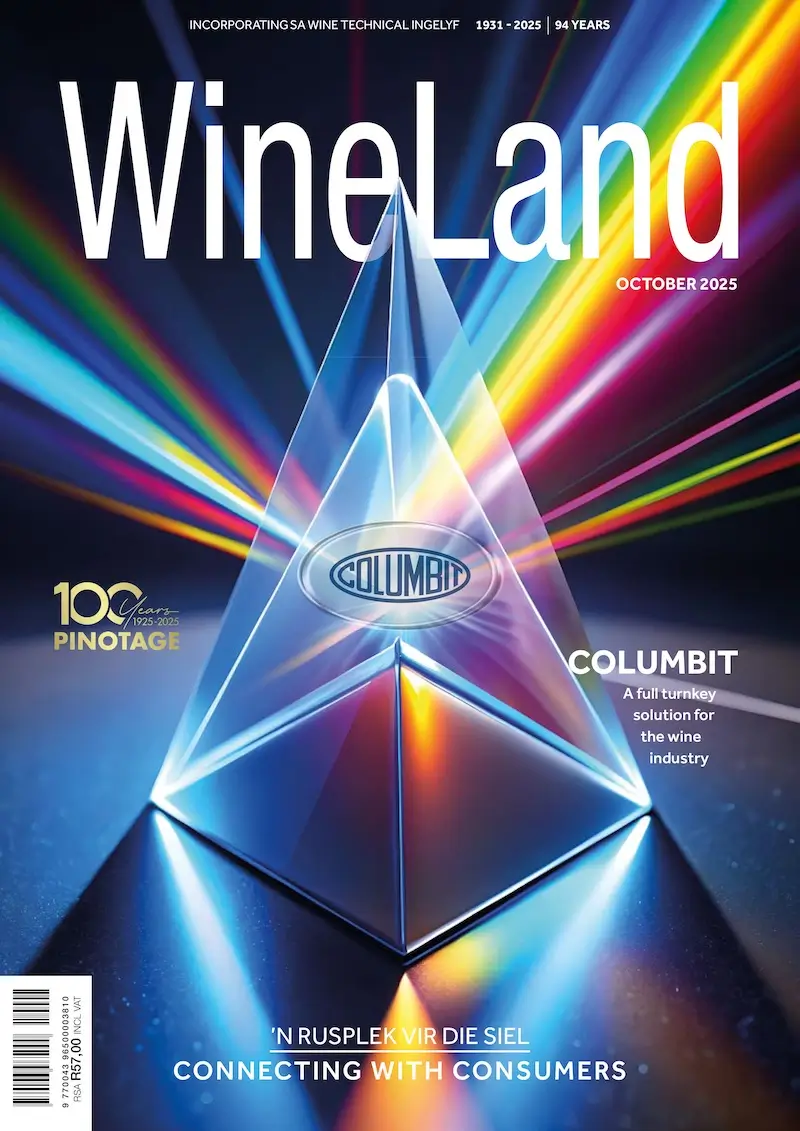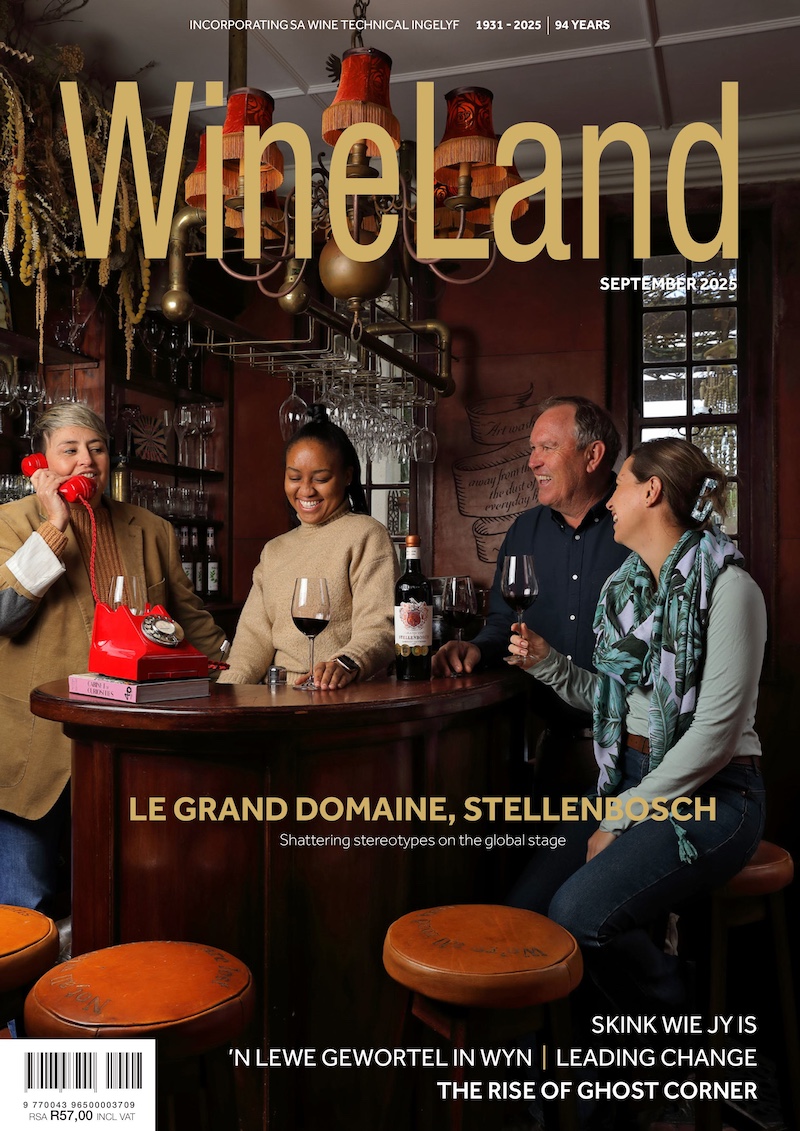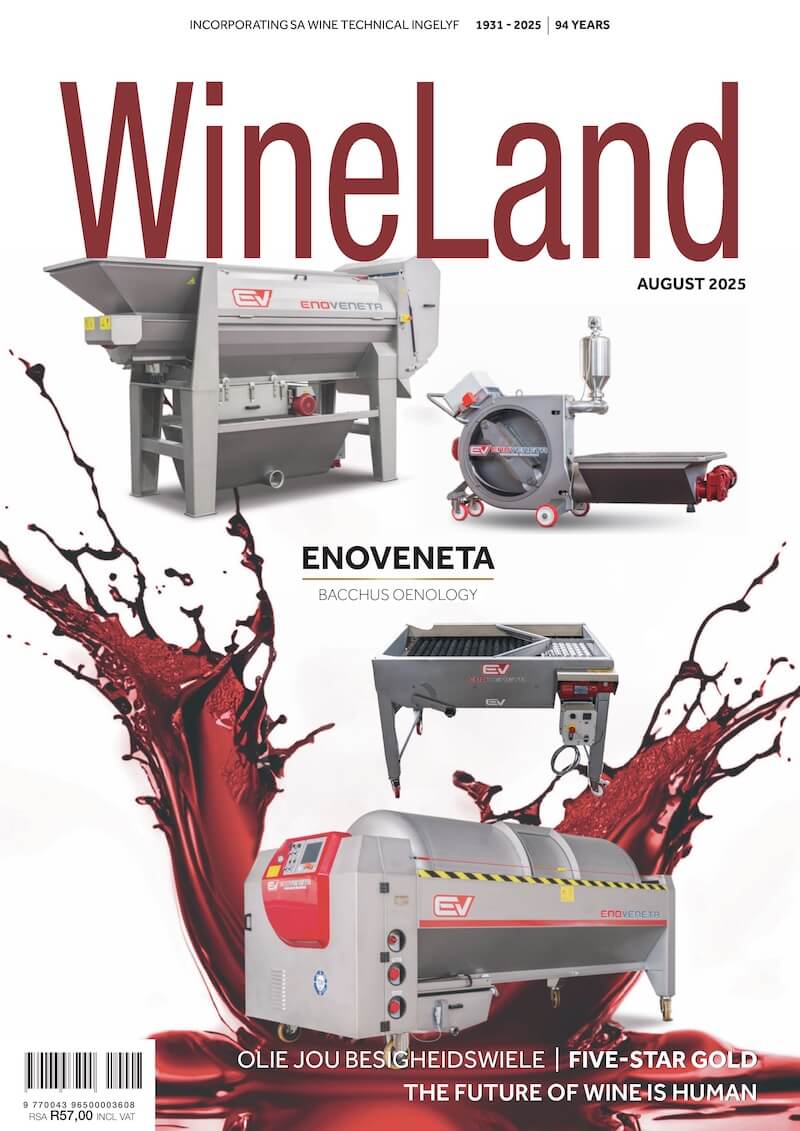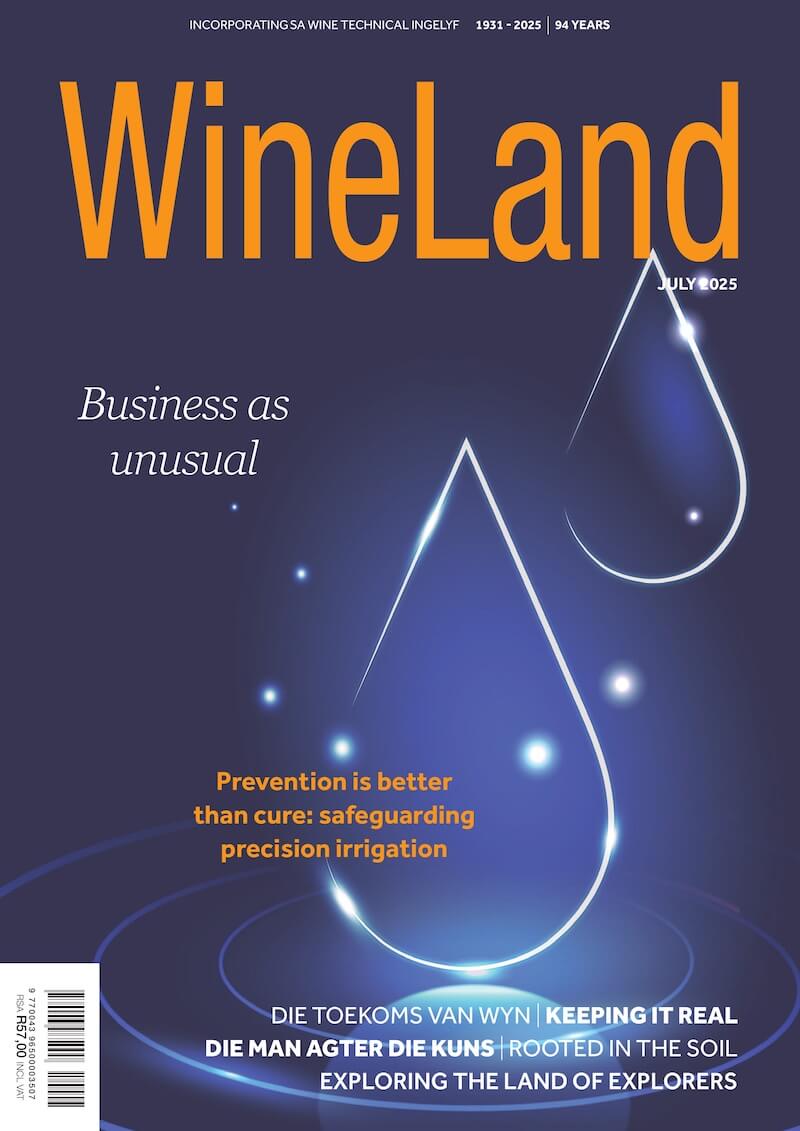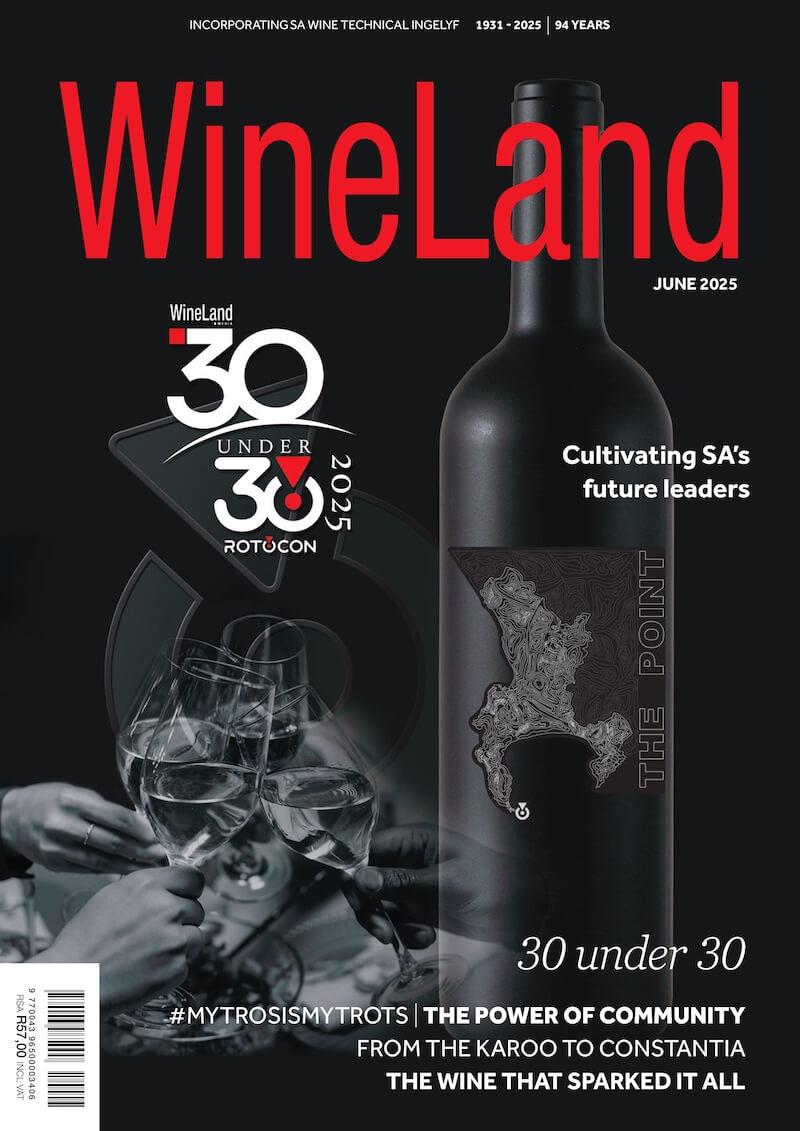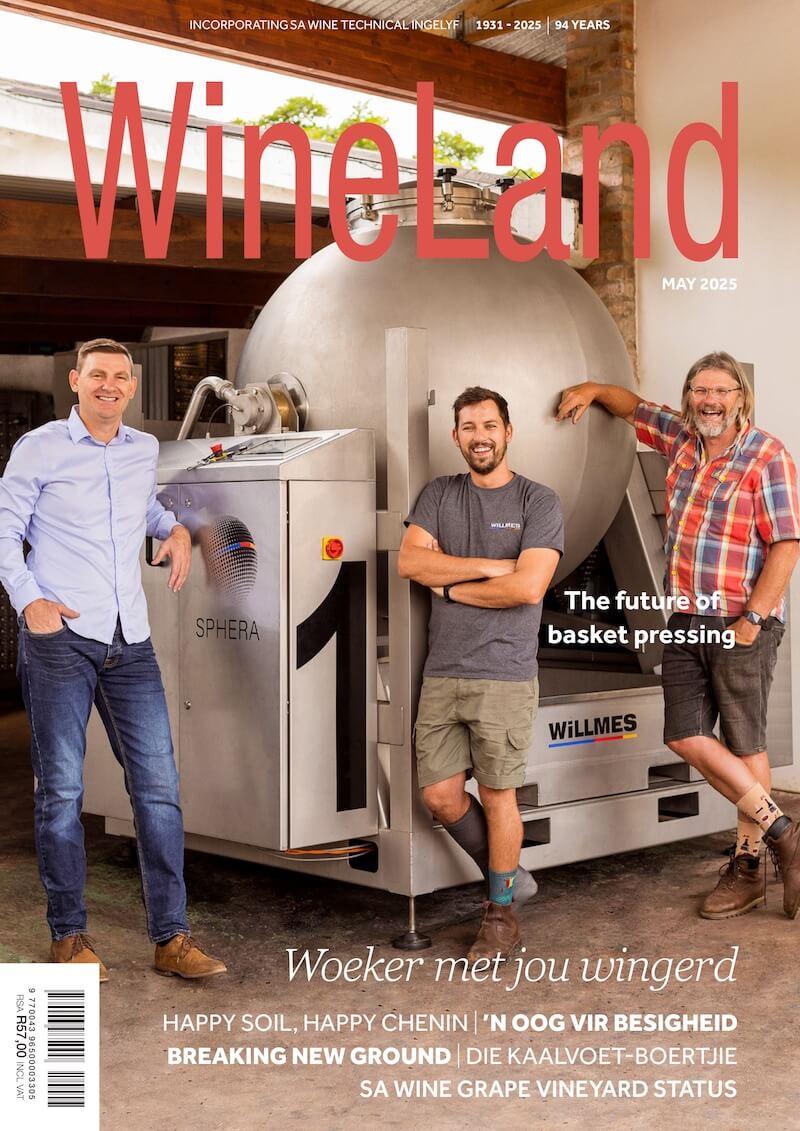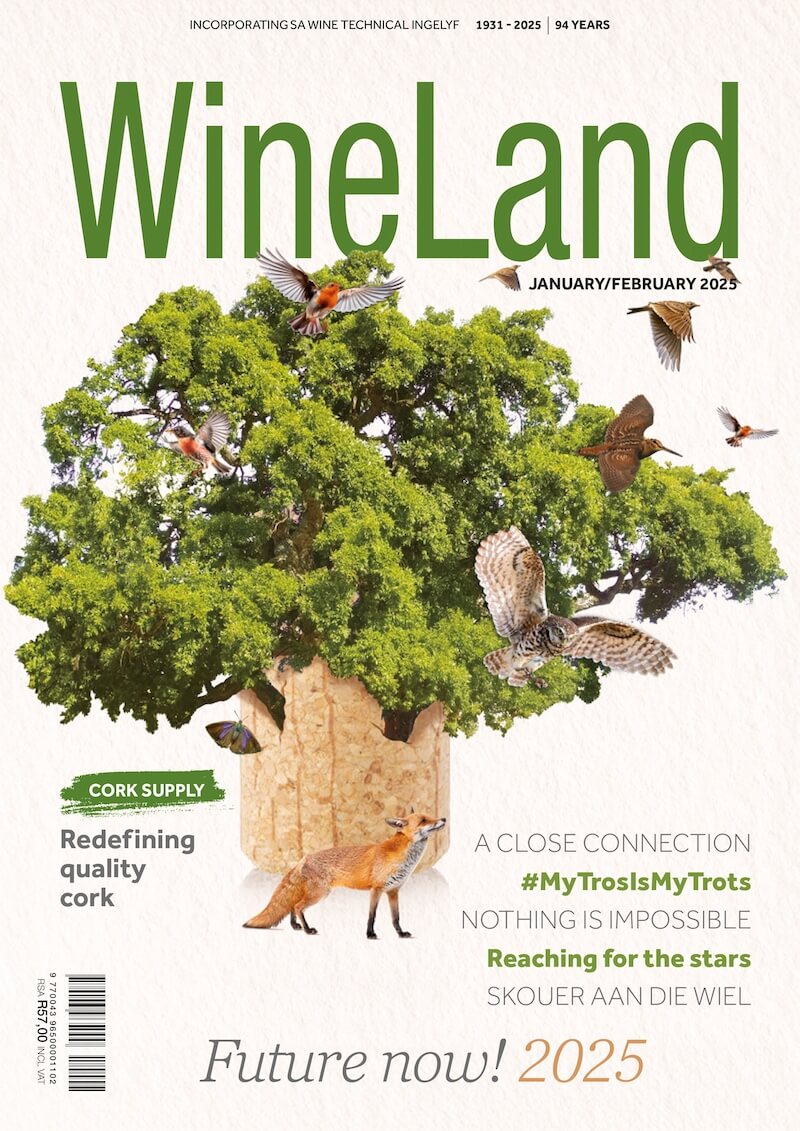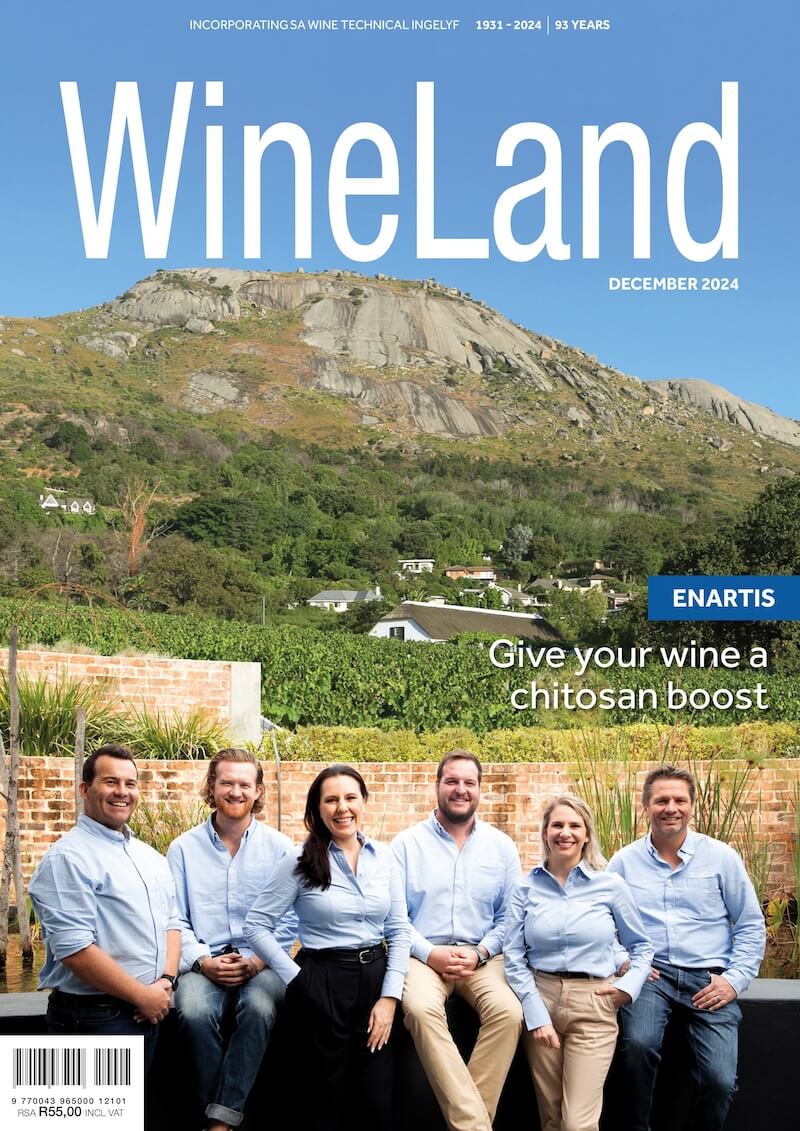Abstract
A study on the oxygen transfer rate (OTR) of wine closures and its impact on Sauvignon blanc ageing over 12 years revealed that closures with lower and stable OTRs best preserved the wine’s fresh aromas and varietal character. In contrast, closures with higher OTRs led to increased oxidation and diminished sensory appeal. Natural corks exhibited high variability, making their long-term performance less predictable, though some performed as well as Saran-Tin-lined screw caps. These findings emphasise the importance of selecting closures with controlled and consistent oxygen permeability to maintain the integrity of aromatic white wines over extended storage.
Introduction
The OTR of wine bottle closures refers to the amount of oxygen that passes through the closure into the wine over time. This rate is critical because excessive oxygen exposure can lead to undesirable effects, including loss of vibrant fruit flavours, browning of the wine, and the development of oxidised aromas. Different closures have varying OTRs, affecting how the wine evolves in the bottle. Past studies investigated the OTR of bottle closures during the initial stages after bottling, while the stopper is freshly inserted and therefore still “new”. Little data exists regarding the OTR over an extended period and the potential changes in oxygen transfer that may occur over longer storage durations.
A recent study1 investigated the OTR of different bottle closures after 12 years of bottle storage (OTRT12) of a Sauvignon blanc wine. This study aimed to examine:
- The long-term OTR of various wine bottle closures.
- How different closure types affected the chemical and sensory composition of a Sauvignon blanc wine.
- The relationship or correlation between closure OTRT12 levels and the preservation or degradation of key aroma compounds during bottle storage.
The main findings are summarised in this article.
Materials and methods
Sauvignon blanc wines were obtained from three French appellations. The wines were bottled, sealed with different closure types, and stored for 12 years.
The following closures were tested:
- 28 x Natural corks.
- 38 x Microagglomerated corks (Types A, B and C).
- 11 x Synthetic stoppers.
- 5 x Screw caps with Saran-Tin liner.
- 6 x Screw caps with Saranex liner.
The following parameters were analysed after 12 years of storage:
- OTRT12.
- Volatile thiols (3-mercaptohexan-1-ol (3MH), 4-mercapto-4-methylpentan-2-one (4MMP) and 2-furanmethanethiol (FFT)).
- Oxidation markers (methional and phenylacetaldehyde).
- Dissolved carbon dioxide.
- Sulphur dioxide.
- Sensory analysis.
Results: OTR
The OTR of the various closures after 12 years differed significantly.
- Lowest OTRT12 measured: One of the Saran-Tin-lined screw caps (~ 0.05 mg/year).
- Lowest average OTRT12: Saran-Tin-lined screw caps (~ 0.1 mg/year).
- Lowest variability (good consistency and repeatability): Saran-Tin-lined screw caps (OTRT12 range ~ 0.05 – 0.14 mg/year).
- Highest OTRT12 measured: One of the natural corks (~ 89.1 mg/year).
- The highest variability was in natural corks (OTRT12 range ~ 0.1 – 89.1 mg/year). Although some corks allowed a high oxygen ingress, some performed exceptionally well and can be compared to the Saran-Tin-lined screw caps. Higher variability can be expected for natural cork closures due to the individual structural variability between the stoppers.
- The Saranex-lined screw caps had a surprisingly high average OTRT12 (~ 9.58 mg/year) and high variability (OTRT12 range ~ 0.1 – 31.5 mg/year). This could be due to mechanical damage on the surface of some of the screw caps during ageing.
- The synthetic stoppers had a moderate average OTRT12 (~ 0.86 mg/year) with relatively low variability (OTRT12 range ~ 0.4 – 1.7 mg/year).
- The microagglomerated corks had variable average OTRT12, with type A having a low average OTRT12 (~ 0.5 mg/year) with low variability, while the other two types (types B and C) showed higher average OTRT12 values (~ 4.1 and 6.2 mg/year, respectively) with increased variability.
- The closures that showed the most similar OTRs after 12 years of storage (when compared to the OTR reported by the manufacturer at the time of bottling (OTRT0)) were the Saran-Tin-lined screw caps and one type of microagglomerated cork.
- Other closure types showed increased OTRT12, probably due to reduced mechanical performance and increased OTR. These changes can be due to structural changes over time, such as drying and elasticity loss, resulting in increased OTRs.
Results: Effect on wine composition
Three distinct groupings can be made based on the chemical analyses of the wines after 12 years of ageing:
Group 1: Average OTRT12 ~ 0.3 mg/year (range ~ 0.2 – 0.9 mg/year)
- Screwcap Saran-Tin.
- Microagglomerated cork type A.
- 2 x Natural corks.
These wines had the lowest oxidative evolution, the highest concentration of volatile thiols and FFT, and the lowest concentration of oxidation-related compounds. Group 1 and Group 2 had similar dissolved carbon dioxide concentrations.
Group 2: Average OTRT12 ~ 0.8 mg/year (range 0.2 – 2.7 mg/year)
- Synthetic stoppers.
- Microagglomerated cork types B and C.
- Screwcap Saranex.
- 5 x Natural corks.
These wines showed early signs of oxidation, with decreasing concentrations of volatile thiols and emerging oxidation-related compounds.
Group 3: Average OTRT12 ~ 14.7 mg/year (range 2.1 – 60 mg/year)
- Microagglomerate cork C.
- 9 x Natural corks.
These wines had the highest oxidative evolution, the lowest concentration of volatile thiols and FFT, and the highest concentration of oxidation-related compounds. This group also had the lowest dissolved carbon dioxide concentration.
The free sulphur dioxide concentration was below 5 mg/L for all the groups.
Results: Sensory evaluation
Statistical analysis showed:
- Notable positive correlations between the OTRT12 and the oxidation-related compounds, as well as the sensory descriptor “oxidised”.
- Notable negative correlations between the OTRT12 and 3MH, 4MMP, dissolved carbon dioxide and total sulphur dioxide, as well as the sensory descriptors described as “Sauvignon blanc character”, which would suggest that the wines showed better preservation and freshness with a higher intensity of typical Sauvignon blanc aromas and descriptors.
Conclusion
This study represents one of the first comprehensive analyses of aged closures’ OTRs and their long-term impact on wine quality. The findings provide crucial insights into how closure selection affects Sauvignon blanc’s preservation over time.
This study showed that closures with low and stable OTRs (like Saran-Tin-lined screw caps and certain microagglomerated corks) are best suited for retaining desirable Sauvignon blanc characteristics and freshness and maintaining the wine’s aromatic integrity over long-term storage. Wines sealed with higher OTR closures lost these varietal traits and developed oxidation-related aromas, diminishing their sensory appeal. While traditional and capable of excellent performance, the natural corks tested in this study show significant variability, making them less predictable over extended ageing periods. However, it is important to note that some natural corks tested in this study performed just as effectively as the Saran-Tin screw caps.
For the specific Sauvignon blanc wines tested in this study, an OTRT12 of below ~ 0.27 mg/year was sufficient to preserve the wines’ signature aromas. In comparison, an OTRT12 of more than ~ 0.82 mg/year posed a risk of noticeable oxidation after 12 years. It should be noted that these concentrations will differ from one wine to the next depending on the capacity of the wine to buffer the effect of oxidation over time. For winemakers, these results highlight the importance of choosing closures with known and reliable long-term oxygen permeability. This understanding allows for better control over the ageing process, particularly for aromatic white wines like Sauvignon blanc, where maintaining freshness and varietal expression is critical.
Reference
- Suhas, E., Thibon, C., Loisel, C., Darriet, P. & Pons, A., 2025. Oxygen transfer rate measurements of closure systems after 12 years of aging. Impact on the aroma compounds of Sauvignon Blanc wines. Food Packaging and Shelf Life 48, 101452.
For more information, contact Carien Coetzee at carien@basicwine.co.za.
Click here to get your copy of WineLand Magazine.

